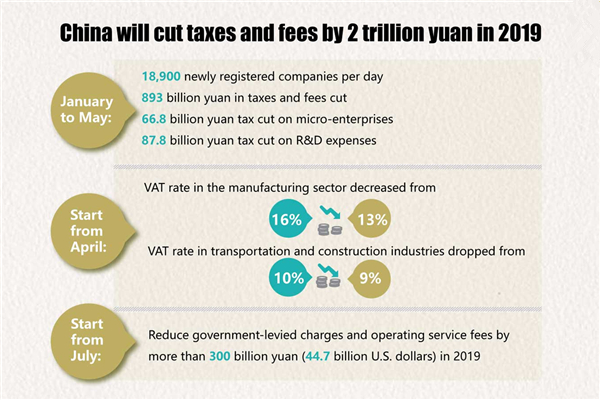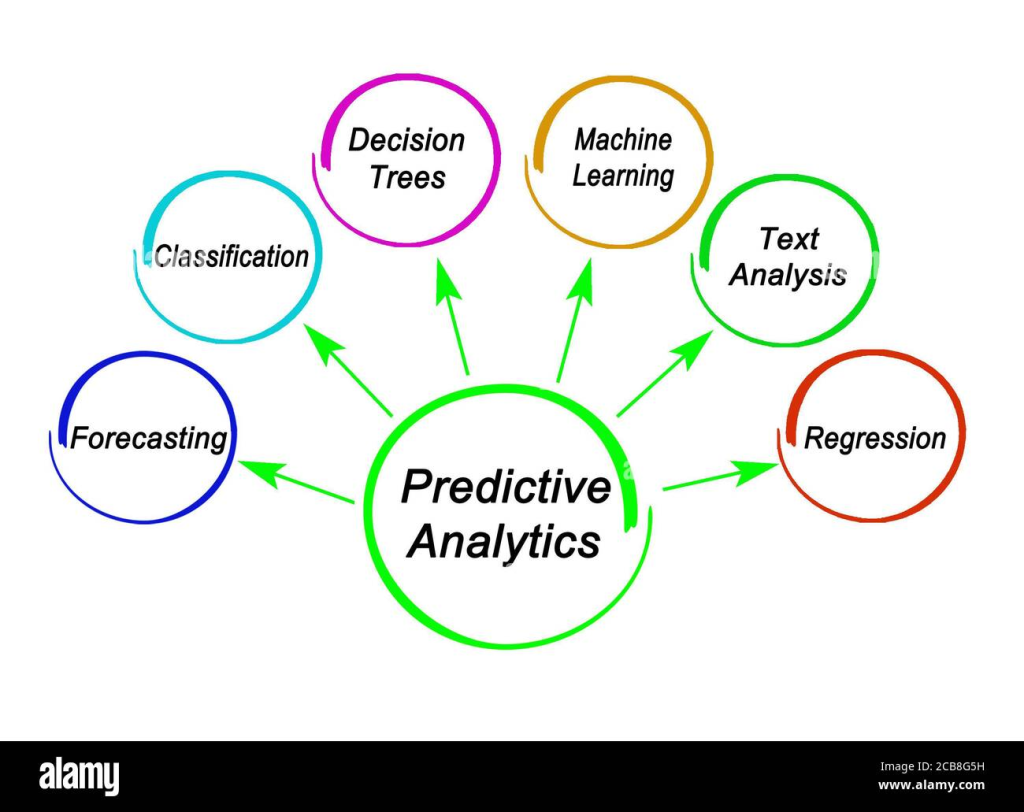In recent times, business loan trends have been a focal point of concern for Australian enterprises, as applications for financing have surged amidst a backdrop of rising insolvencies. The latest Equifax data indicates a striking 6% rise in business loan applications, juxtaposed with a concerning 12% increase in company failures, reaching the highest level in five years. This trend reveals the mounting pressures faced by businesses, particularly in the construction and hospitality sectors, where economic challenges are most pronounced. Furthermore, the increase in credit shopping behavior, which has climbed from 39% to 49%, signals a growing unease among SMEs as they struggle to secure favorable lending terms. With these dynamics at play, understanding the implications of current business loan trends is vital for navigating the complexities of the Australian economic landscape and fostering resilience among businesses.
As we delve into the shifting landscape of business financing, the recent surge in loan applications reflects a crucial aspect of contemporary economic challenges faced by companies today. Alternative funding requests are on the rise, amid an alarming increase in company liquidations, indicating a high-risk atmosphere for many enterprises. Credit-seeking behaviors among Australian businesses have noticeably escalated, with certain sectors, particularly construction and hospitality, experiencing acute pressures. The convergence of economic headwinds and a rising tendency for businesses to explore multiple lending options conveys the complexities of survival in a fluctuating market. In this evolving scenario, it becomes increasingly essential to grasp the broader implications of these funding trends for small and medium-sized enterprises and the economy as a whole.
Current Business Loan Trends in Australia
In recent months, Australia has experienced a notable increase in business loan applications, with a reported surge of 6%. This growth indicates that many enterprises are actively seeking financing options to navigate ongoing economic challenges. The rising number of loan applications can be attributed to the increasing pressures faced by businesses, especially small and medium-sized enterprises (SMEs), that are striving to maintain operations amidst a backdrop of high company insolvencies and a tough economic climate.
Moreover, this uptrend in business loan applications is juxtaposed with alarming trends in company failures, which have reached a five-year high. As reported by Equifax, the construction and hospitality sectors have been hit particularly hard, reflecting broader economic struggles. These concurrent trends suggest that while businesses are eager to secure funding, many are facing significant hurdles that may undermine their chances of survival.
Frequently Asked Questions
What are the recent trends in business loan applications and company insolvencies in Australia?
Recent trends indicate a 6% increase in business loan applications, occurring alongside a significant 12% rise in company insolvencies, marking a five-year high. These trends reflect the growing economic pressures faced by Australian SMEs, particularly in high-risk sectors like construction and hospitality.
How does credit shopping behavior relate to business loan trends in Australia?
Credit shopping behavior has surged from 39% to 49% among high-risk Australian businesses in a month, indicating distress as companies seek multiple loan options amid increasing challenges accessing finance. This trend aligns with the rising business loan applications and suggests that many businesses are struggling to secure favorable terms.
What sectors are most affected by the increase in company insolvencies in relation to business loan trends?
The construction and hospitality sectors are notably affected, with insolvencies increasing by 12.4% and 27.8%, respectively. These industries also show higher rates of credit shopping, where businesses are actively seeking loans from multiple lenders, underscoring their financial distress.
How are small and medium-sized enterprises (SMEs) impacted by current business loan trends in Australia?
SMEs are particularly affected by the current trends, with around 50% of inquiries from higher-risk SMEs involving credit shopping for loans. These smaller businesses face unique challenges accessing favorable financing, which is critical for their survival in a climate of increasing insolvencies and economic pressure.
What implications do increased business failures have on the future of business loan markets?
The rise in business failures could deter lenders from offering loans, as the risk profile of borrowers escalates. This downturn may lead to stricter lending criteria, potentially limiting access to finance for companies that need it most, which could stifle economic recovery.
What are the long-term impacts of current business loan trends on the Australian economy?
The combination of increasing business loan applications, elevated insolvency rates, and dwindling new business starts suggests a concerning future for Australia’s economy. These trends may hinder productivity growth and economic recovery efforts, affecting employment and overall business activity.
| Key Point | Details |
|---|---|
| Business Loan Applications | Increased by 6% in 2025, indicating higher demand for financing. |
| Company Exits | Company exits rose by 12%, reaching a five-year high. |
| Credit Shopping Behavior | High-risk businesses engaging in credit shopping rose from 39% to 49% in just one month. |
| Sector Impact | Construction and hospitality sectors are particularly affected by economic pressures. |
| Insolvencies | Business insolvencies increased by 21% in 2025, the highest level in five years. |
| Risks for Lenders | Increased demand for credit is accompanied by a higher proportion of high-risk borrowers. |
Summary
Business loan trends indicate a significant rise in applications despite a concerning increase in company failures, reaching a five-year high. This paradox highlights the struggles businesses face in securing favorable financing terms amid economic pressure. As credit shopping rises, it signals distress within industries such as construction and hospitality, where high insolvency rates further underscore the challenges. Overall, these trends emphasize a turbulent time for Australian businesses, reflecting deeper economic issues that could impact growth and employment.



